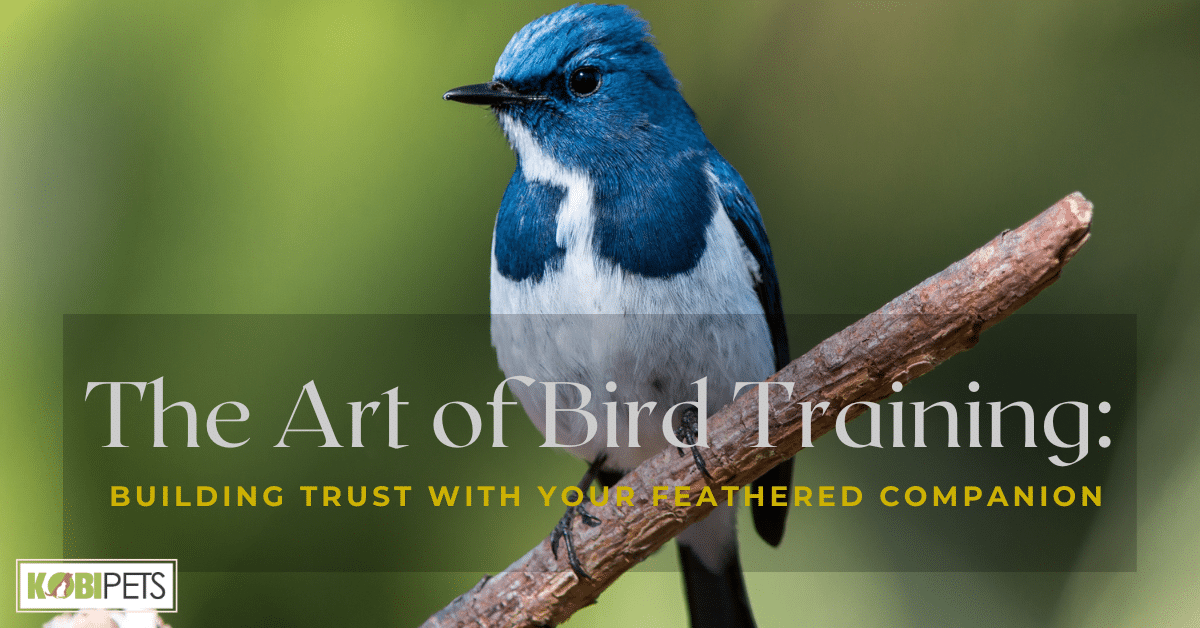
Building trust with your feathered companion is the cornerstone of successful bird training. Patience and consistency are essential as you navigate the delicate process of bonding with your bird. Through gentle interactions and positive reinforcement, you can unlock the art of bird training and create a strong and loving connection with your avian friend.
Bird training is a captivating art that allows you to connect deeply with your feathered companion. It’s about nurturing trust as the cornerstone for success. Join us in exploring “The Art of Bird Training: Building Trust with Your Feathered Companion.”
Understanding Your Feathered Companion
To succeed in bird training, grasp two key factors: your bird’s species and unique personality. Each species comes with distinct traits, from parrots’ playful chatter to canaries’ graceful serenity. Knowing your bird’s species helps tailor your training techniques to their characteristics, boosting success. Additionally, recognizing your bird’s individual personality, whether outgoing or shy, allows you to adapt methods to suit their needs.
To train effectively, grasp your bird’s natural behaviors and instincts. Birds, whether wild or domesticated, exhibit instinctual behaviors shaped by evolution. For instance, parrots’ strong beaks play a vital role in their communication and exploration. Aligning your training with these instincts fosters trust and cooperation, creating an effective and harmonious training environment.
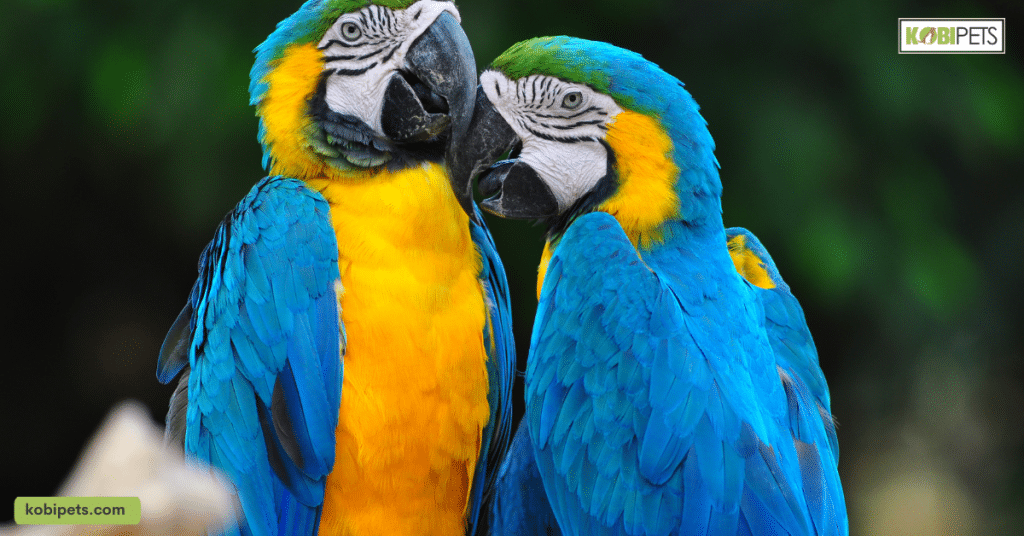
Building Trust through Bonding
Building a strong bond with your feathered companion is the first step towards successful bird training. This connection is the bridge of trust that allows you to communicate effectively and achieve remarkable results in your training endeavors. In this guide, we’ll delve into the art of building trust through bonding with your bird.
- Understanding the Basics: We’ll start by understanding the fundamental aspects of your bird’s species and unique personality traits. This knowledge is the cornerstone of effective bonding.
- Creating a Positive Environment: Discover how to set up a bird-friendly environment that fosters trust. From cage placement to enrichment activities, we’ll cover it all.
- Consistent Interaction: Learn why consistent interaction with your bird is crucial for building trust. We’ll provide practical tips on how to engage with your feathered friend daily.
- Communication Through Body Language: Understand the importance of body language in avian communication and how it can strengthen your bond.
- Respect and Patience: Explore the significance of patience and respect in your interactions, ensuring a positive and trust-filled relationship.
- The Power of Treats: Discover the role of treats in bonding and how to use them effectively to reinforce trust.
Building trust through bonding is a journey that enhances both your and your bird’s quality of life. By following these methods and techniques, you’ll create a foundation of trust that will pave the way for successful bird training and a deep and rewarding relationship with your feathered friend.
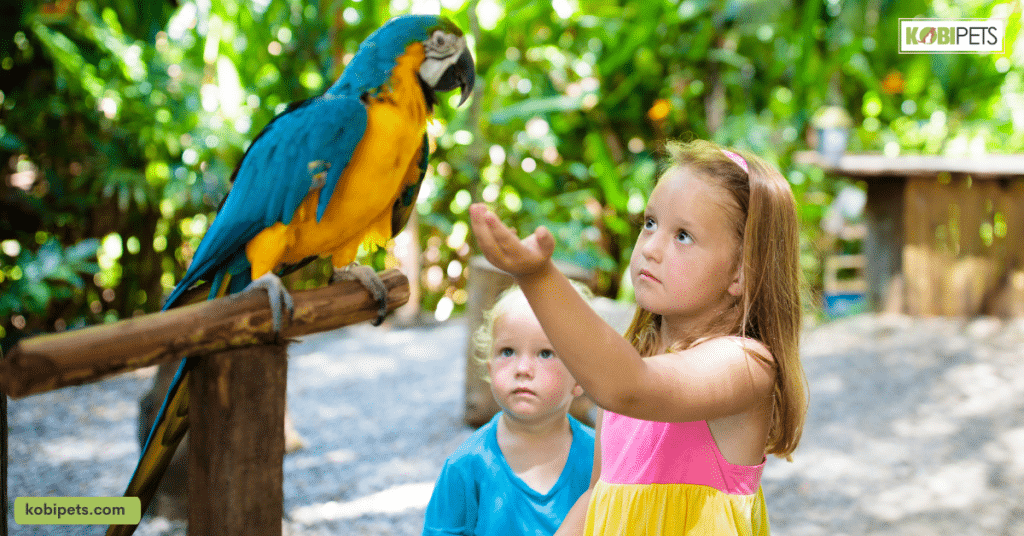
Positive Reinforcement Training
Positive reinforcement, a highly effective bird training technique, centers on rewarding desired behaviors to encourage their repetition. It fosters an enjoyable training environment while deepening the bond between you and your bird. For example, when teaching your parrot to step onto your hand, offer a treat and praise as a reward for compliance.
Similarly, when training your canary to sing a specific tune, reward even small attempts at the desired song with treats and verbal praise. Consistency and patience are key, ensuring your feathered companion not only learns but also actively engages in the training process, strengthening your bond.
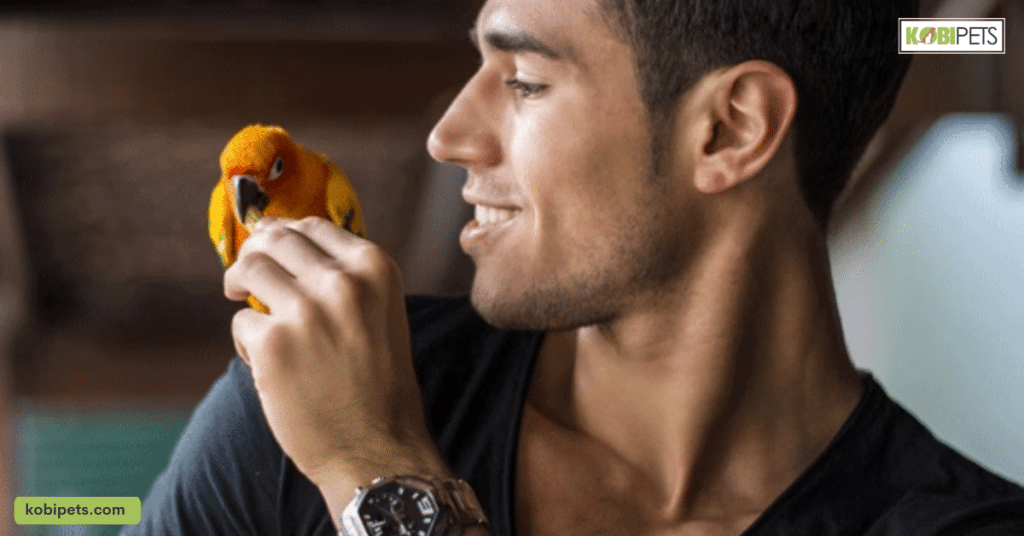
Common Training Challenges
Embarking on the rewarding journey of bird training comes with its delights and challenges. In this guide, we will explore common training hurdles and provide practical solutions to help you build a harmonious relationship with your feathered friend.
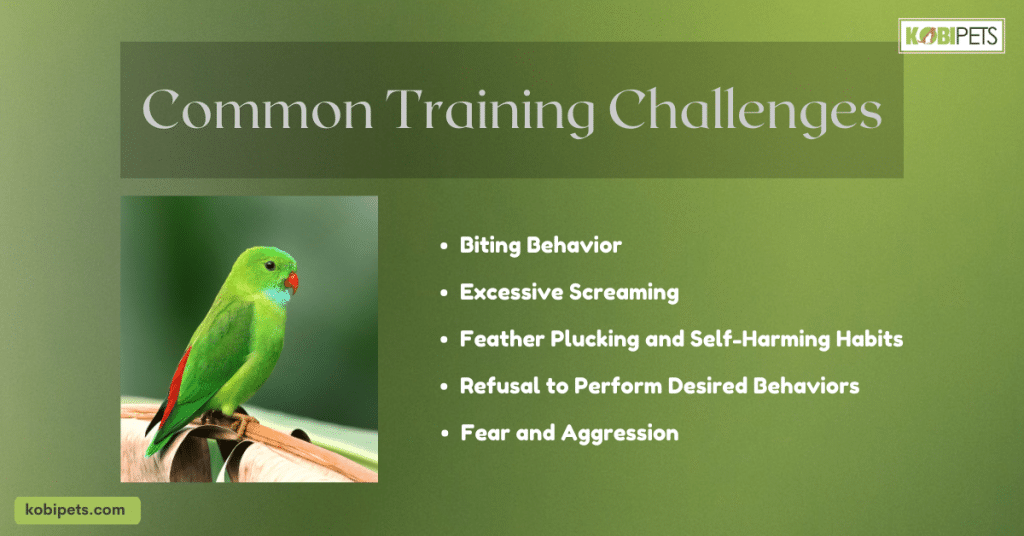
Common Training Challenges
1. Biting Behavior
Understanding your bird’s biting behavior is pivotal in fostering a positive and safe interaction between you and your feathered companion. Birds may resort to biting due to various reasons, such as fear, feeling threatened, or territorial instincts.
By gaining insights into these underlying causes, you can tailor your approach to communicate more effectively with your bird. Building trust plays a fundamental role in reducing biting incidents, as trust helps your bird feel secure and less prone to resorting to defensive biting.
2. Excessive Screaming
Excessive screaming can be a common challenge for bird owners, often causing discomfort to both you and those around you. To effectively address this issue, it’s crucial to explore the root causes of your bird’s screaming.
Birds may scream for various reasons, such as seeking attention, expressing boredom, or responding to external stimuli, such as the presence of other birds or loud noises. Offering practical strategies involves minimizing the triggers for excessive screaming and redirecting your bird’s energy toward more desirable behaviors.
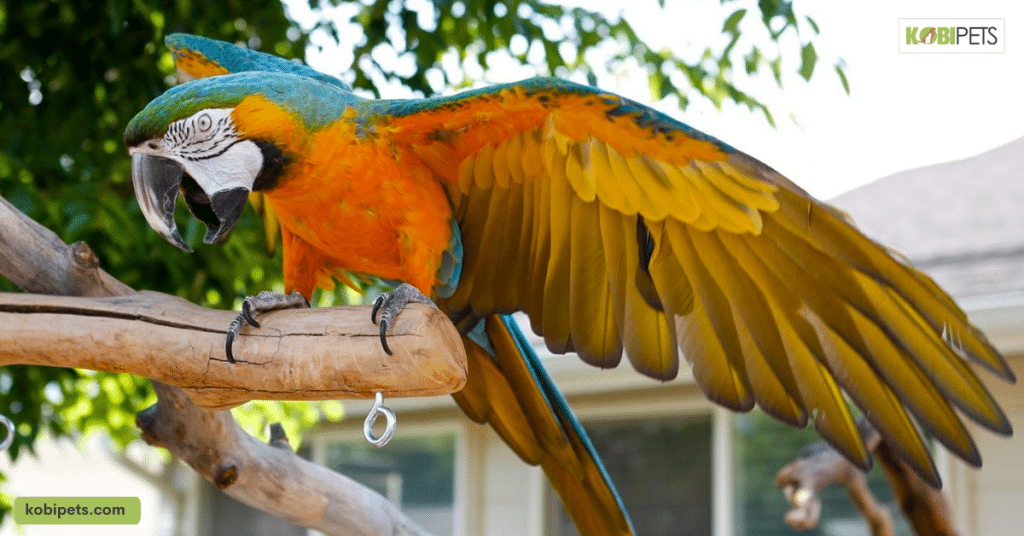
3. Feather Plucking and Self-Harming Habits
Feather plucking and self-harming habits are distressing not only for bird owners but also for the affected birds. To effectively address these issues, it’s crucial to investigate the underlying causes, which can range from stress and anxiety to underlying medical conditions. Providing guidance on environmental enrichment and mental stimulation involves creating a more stimulating environment for your bird.
This can include introducing new toys, providing opportunities for exercise and play, and varying their daily routine. Additionally, a balanced diet and regular vet check-ups are essential in addressing these issues.
4. Refusal to Perform Desired Behaviors
Birds may occasionally resist learning new behaviors or tricks. Identifying the reasons behind your bird’s reluctance is the first step in addressing this challenge. It could be due to fear, uncertainty, or simply a lack of motivation.
Positive reinforcement techniques are essential here, involving rewarding your bird for displaying desired behaviors. Rewards can include treats, praise, or affection, encouraging your bird to repeat the actions you want them to learn.
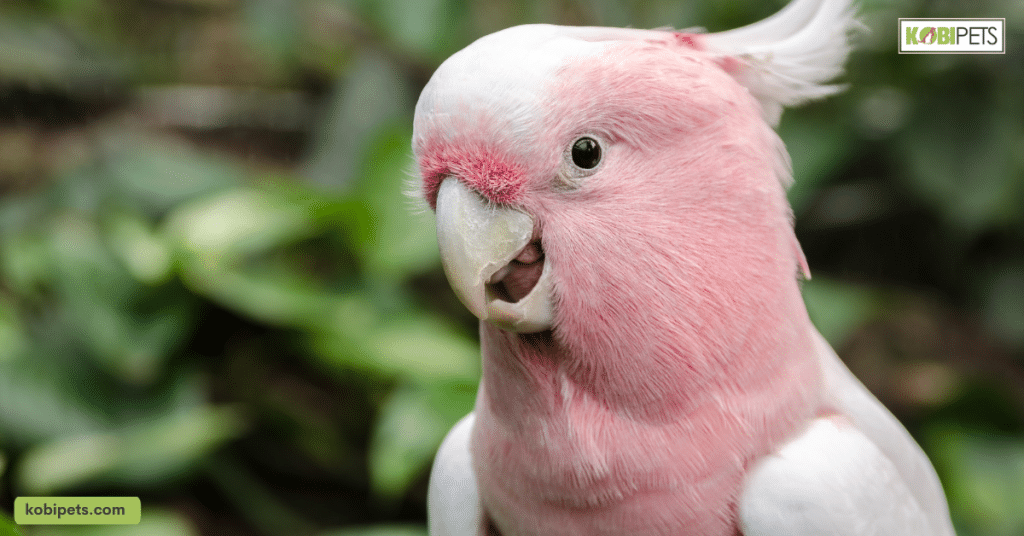
5. Fear and Aggression
Fear and aggression in birds can hinder their well-being and the bond between you and your pet. Understanding the origins of these emotions is crucial. Birds may exhibit fear or aggression due to past negative experiences, natural instincts, or unfamiliar surroundings. Addressing fear and aggression requires patience and a systematic approach to gradually build your bird’s confidence and trust. Socialization and positive interactions play a key role in this process.
While bird training may present its share of challenges, this guide equips you with the knowledge and tools needed to navigate these obstacles effectively. By addressing common training challenges with empathy and dedication, you can create a loving and well-behaved avian friend who enriches your life and theirs.
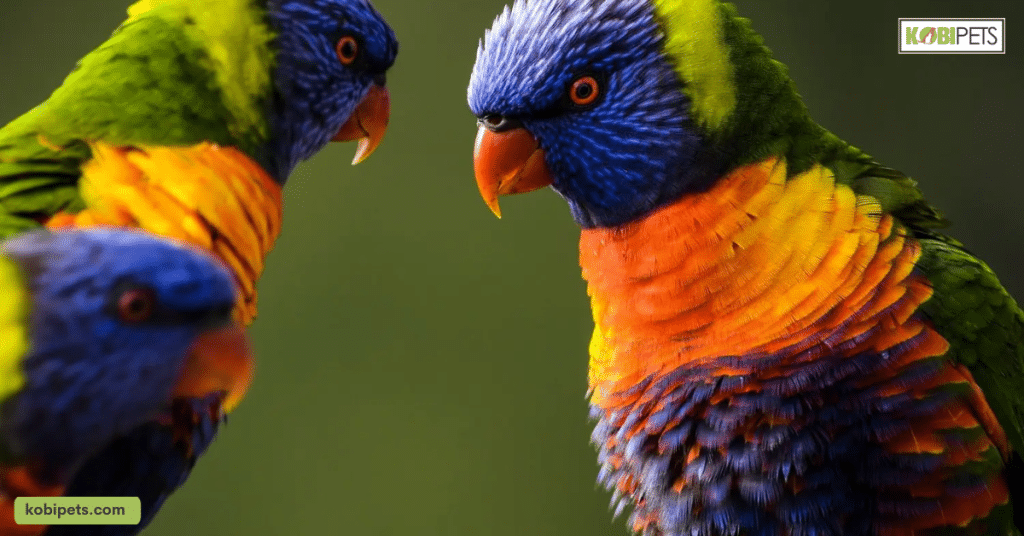
Advanced Training Techniques
As you continue your journey in bird training, you’ll discover a world of possibilities beyond the basics. In this guide, we’ll explore advanced training techniques that will take your bird’s skills to new heights. From teaching impressive tricks to mastering complex commands, we’ll show you how to elevate your bird’s training.
| Technique | Description |
|---|---|
| Teaching Tricks | Learn entertaining tricks like object retrieval and acrobatics. |
| Complex Commands | Master communicating intricate commands to your bird. |
| Target Training | Enhance focus and precision with target training. |
| Vocal Mimicry and Speech Training | Teach talkative birds to mimic words and phrases. |
| Flight Recall and Agility Training | Boost physical and mental stimulation with flight recall and agility exercises. |
| Advanced Positive Reinforcement | Strengthen your bond by fine-tuning positive reinforcement for advanced behaviors. |
Advanced training techniques not only deepen your bond with your bird but also showcase their incredible abilities. Remember, patience and consistency are your allies on this journey. With dedication and gentle guidance, you can unlock your avian friend’s full potential.
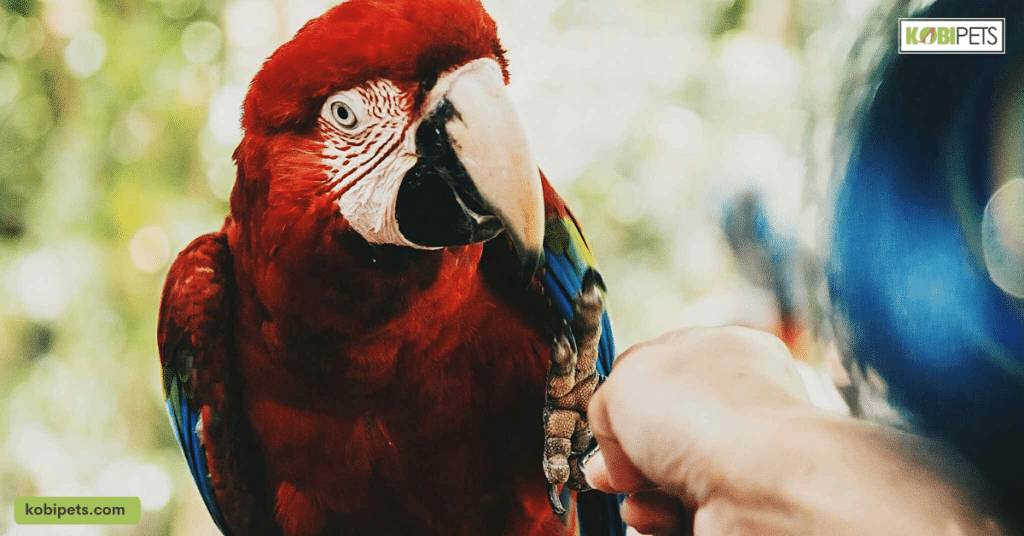
Conclusion
Trust and patience are the cornerstones of advanced bird training. As bird owners, applying these principles is essential. By doing so, you not only unlock your bird’s potential but also strengthen your bond. Whether teaching tricks or complex commands, every training moment deepens your connection. So, remember, with trust and patience, the possibilities in advanced bird training are limitless, enriching your relationship with your feathered companion.






